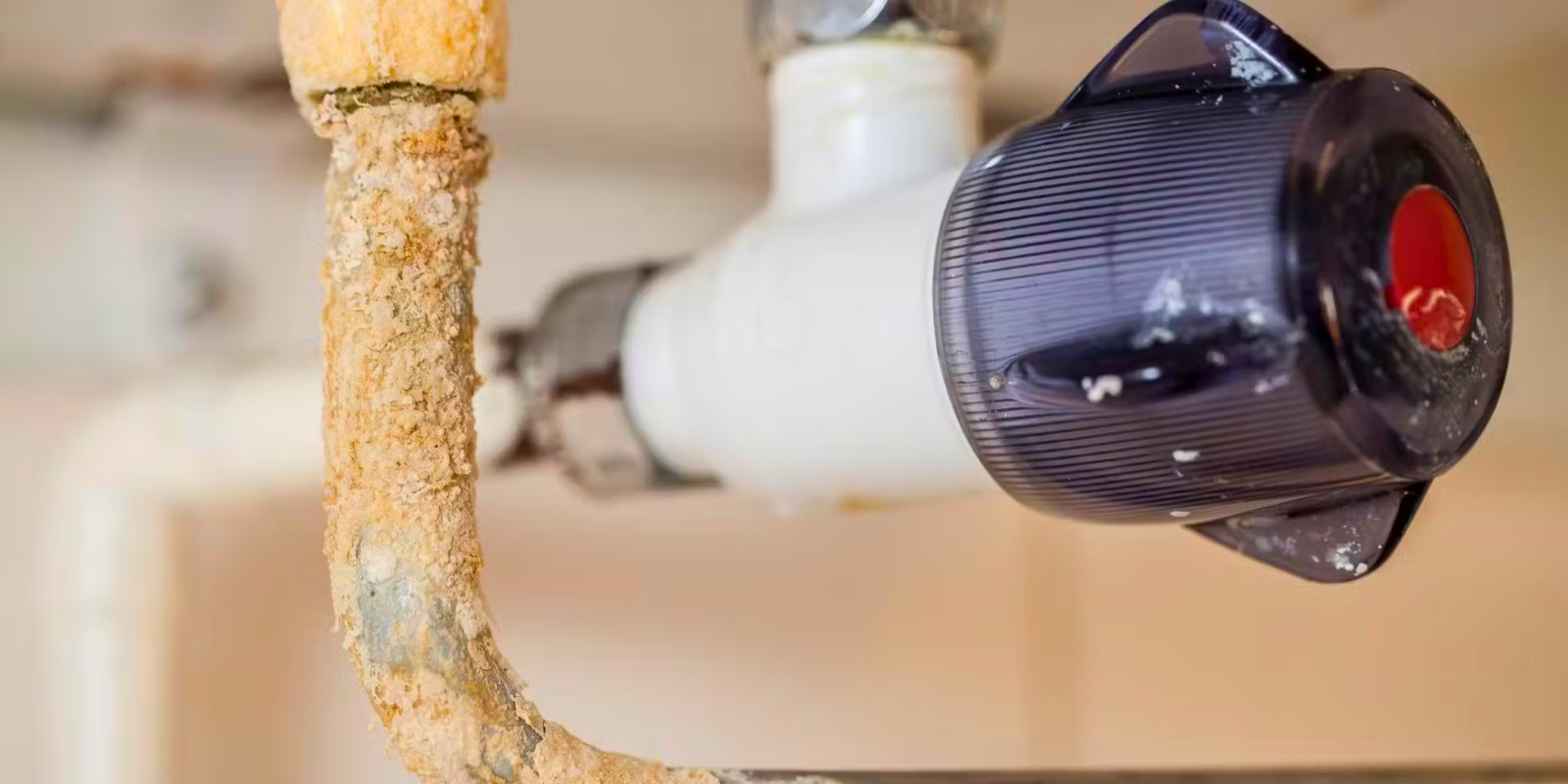
Tankless heaters are becoming increasingly popular in households and businesses due to their many benefits. One of the most appealing aspects of tankless heaters is that they can be flushed, which helps to keep them clean and running efficiently.
Flushing a tankless heater is a relatively simple process, but it's important to do it correctly in order to avoid damaging the unit. Here is a quick guide to help you learn more.
If you have a tankless water heater in your home, you may be wondering if you need to flush it out regularly. The answer is yes! Flushing your tankless water heater on a regular basis is important for several reasons.
First, it helps to remove any sediment that has built up in the unit. This sediment can cause the unit to become less efficient over time, as it can impede water flow and lead to corrosion. By flushing the unit out regularly, you can help to keep it running at peak efficiency.
Second, flushing the unit can help to prevent mineral build-up. Over time, hard water can leave deposits of minerals in the unit, which can eventually lead to clogs. By flushing the unit regularly, you can help to remove these deposits and keep your unit running smoothly.
Finally, flushing the unit can also help to prevent freeze-ups. In cold weather, water can freeze in the unit, causing damage. By flushing the unit out regularly, you can help to remove any water that may be sitting in the unit, which can help to prevent freeze-ups.
If you have a tankless water heater, it's important to know how to properly flush it. This will help keep your water heater running efficiently and help prevent any potential problems. Here's a step-by-step guide on how to flush your tankless water heater:
1. Start by turning off your water heater. If you have an electric water heater, you'll need to shut off the power at the breaker box. For a gas water heater, turn the knob to the "pilot" setting.
2. Next, open the cold water valve that supplies water to the water heater. This will allow the water to start draining out of the tank.
3. Attach a garden hose to the drain valve at the bottom of the water heater. Make sure the other end of the hose is in a drain or outside.
4. Open the drain valve and allow the water to start draining out.
5. Once the water starts draining, open the hot water valve to help flush out any sediment that may be in the tank.
1. Let the water run for a few minutes until it's clear.
2. Close the drain valve and the hot water valve.
3. Open the cold water valve and allow the tank to fill up with water.
4. Close the cold water valve once the tank is full.
5. Turn on your water heater and allow it to heat up the water.
6. Once the water is heated, open the hot water valve and let the water run for a minute or two. This will help flush any remaining sediment out of the tank.
7. Close the hot water valve and turn off your water heater.
1. Once you're finished flushing the tank, it's important to clean up any water that may have leaked out. This can usually be done with a wet/dry vacuum.
2. If there was a lot of water that leaked out, you may want to mop up the area with a sponge or cloth.
3. Once the area is clean, you can turn your water heater back on and resume using it as normal.
Flushing a tankless heater is essential because it helps to remove any built-up sediment that could clog the system. The process is relatively simple, but it's important to do it right in order to avoid damaging the heater.
If you are unsure how to do it, you can always seek help from professionals. For servicing hot water tanks in Calgary, ERM Plumbing & Heating has you covered. Give us a call today, so we can help you with your system.
.jpg)
Actionable strategies to protect your pipes during our harsh winters.
Read More
As Calgary shifts from summer into cooler evenings, many homeowners will soon test their furnace
Read More
If you live in Calgary, chances are you have dealt with hard water at some point.
Read More